Repair nail pops or live with them?
laurie_ky6
16 years ago
Featured Answer
Sort by:Oldest
Comments (15)
mightyanvil
16 years agoRelated Professionals
River Edge Architects & Building Designers · Universal City Architects & Building Designers · Terryville Home Builders · Accokeek Home Builders · Orange City Home Builders · Aurora General Contractors · Browns Mills General Contractors · Mentor General Contractors · Post Falls General Contractors · Rosemead General Contractors · Schertz General Contractors · Troutdale General Contractors · Tyler General Contractors · Waimalu General Contractors · Westchester General Contractorsmightyanvil
16 years agosierraeast
16 years agoworthy
16 years agomightyanvil
16 years agosierraeast
16 years agoworthy
16 years agomightyanvil
16 years agosierraeast
16 years agodixiedoodle
16 years agosniffdog
16 years agoworthy
16 years agoHappyladi
16 years agolaurie_ky6
16 years ago
Related Stories

HOUSEKEEPINGWhat's That Sound? 9 Home Noises and How to Fix Them
Bumps and thumps might be driving you crazy, but they also might mean big trouble. We give you the lowdown and which pro to call for help
Full Story
DECORATING GUIDES5 Interiors That Nail the ‘Perfect Imperfect’ Look
Explore the beauty of accident, age and patina in these homes
Full Story
GREAT HOME PROJECTSPower to the People: Outlets Right Where You Want Them
No more crawling and craning. With outlets in furniture, drawers and cabinets, access to power has never been easier
Full Story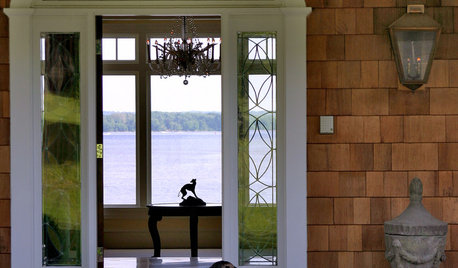
WINDOWSTransom Windows: Why Use Them — and Where?
See How a Little Extra Glass Lets in Light, Air and Style
Full Story
MIDCENTURY STYLENail Your Curb Appeal: Midcentury Style
Complement the modern style’s clean lines with a splash of color, upgraded features and low-maintenance landscaping
Full Story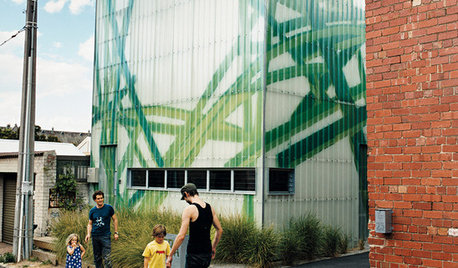
ARCHITECTURESuperb Family Homes Pop Up in Forgotten Urban Spaces
Take a look at how these innovative houses take advantage of underused spaces and improve their cities in the process
Full Story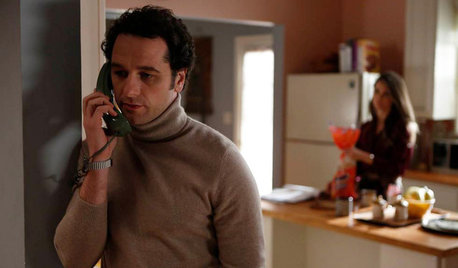
DECORATING GUIDESPop Culture Watch: 12 Home Trends from the '80s Are Back
Hold on to your hat (over your humongous hair); interior design elements of the 1980s have shot forward to today, in updated fashion
Full Story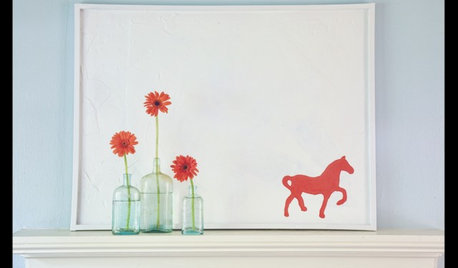
CRAFTSDIY Project: Home Improvement Store Pop Art
Turn Drywall Mud and Paint Into a Minimalist Conversation Piece
Full Story
SELLING YOUR HOUSEFix It or Not? What to Know When Prepping Your Home for Sale
Find out whether a repair is worth making before you put your house on the market
Full Story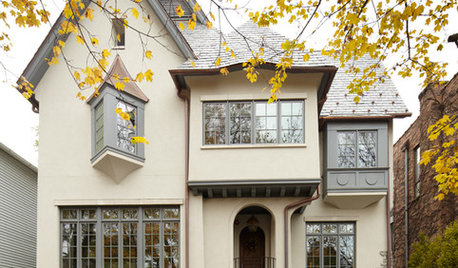
HOUSEKEEPINGHow to Tackle Your Home To-Dos
Make quick work of minor repairs and replacements with this thorough, step-by-step approach
Full StoryMore Discussions








laurie_ky6Original Author